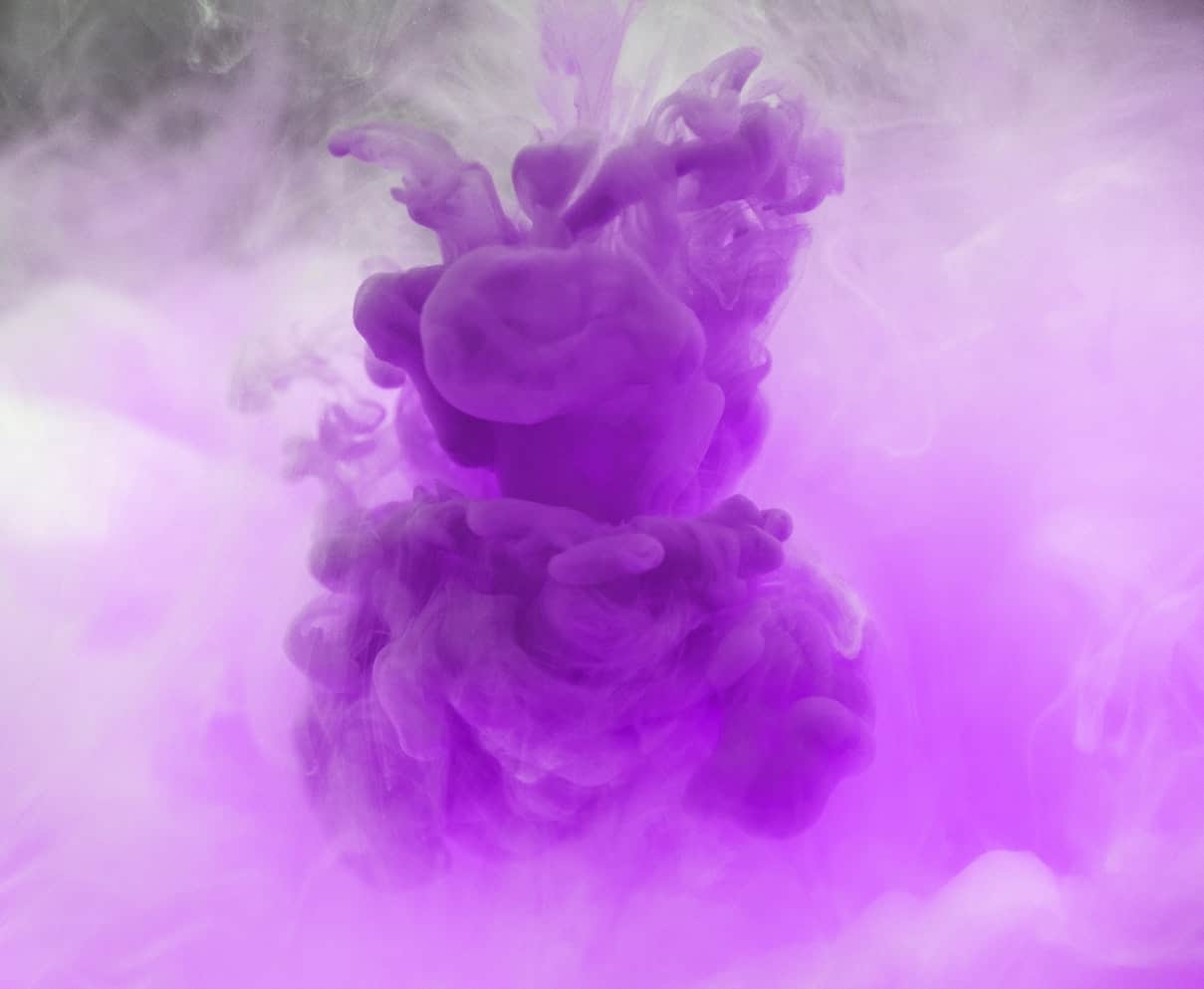Why Should You Buy Sodium Hydroxide Pearl (General Use) from ReAgent?
- We supply sodium hydroxide pearl for general use in 1 kg and 25 kg containers, with discounts available for bulk orders
- This product is sold as white deliquescent spheres with at least 98% purity levels and impurities not exceeding 0.5% sodium carbonate, 80ppm sodium chloride, 25ppm sodium sulphate, 10ppm iron, 5ppm heavy metals and 0.01ppm mercury
- We also offer many other options with all our products, including customised labelling and specific pack sizes
Physical and Chemical Properties of Sodium Hydroxide
In terms of appearance, sodium hydroxide is typically sold as a white solid, presented in flakes, pellets or granular form. It’s very soluble in water, mildly soluble in alcohol and insoluble in ether and other non-polar solvents. When added to water, it releases a large amount of heat in a highly exothermic reaction, which can become dangerous if appropriate safety measures are not followed.
Reactions with Acids
In terms of reactions, this compound can react with protic acids to generate water and the respective salt, again in a very exothermic fashion. For example, in the presence of hydrochloric acid, the salt formed is sodium chloride: NaOH HCl → NaCl H2O In theory, this type of reaction can be used in titrations, but as sodium hydroxide is hygroscopic and absorbs carbon dioxide, it tends not to be used in practical terms.
Reactions with Metals and Oxides
A second type of reactions involves acidic oxides, including sulphur dioxide. These reactions are commonly used to remove dangerous gases, such as SO2 and H2S, generated from the burning of coal. 2 NaOH CO2 → Na2CO3 H2O Sodium hydroxide also reacts with glass, forming soluble silicates. As a result, glass exposed to this compound over a long period will become brittle with a tendency to freeze. In terms of metals, sodium hydroxide does not attack iron, but a few transition metals may react violently in the presence of this chemical.
Reactions with Ester
Perhaps the most well-known reaction involving this compound is in the manufacture of soap. This involves hydrolysis of esters to generate soap and glycerol, in a reaction usually referred to as saponification.
Almost 50 years’ experience’ Experience
ReAgent has been established in the chemical industry for almost 50 years, and during that period, we’ve built an enviable reputation for high-quality products and excellent customer service. We offer a wide range of products, from specialised buffers to petrochemicals, including bespoke solutions to your needs. Simply
contact us for further information or free technical advice.
























